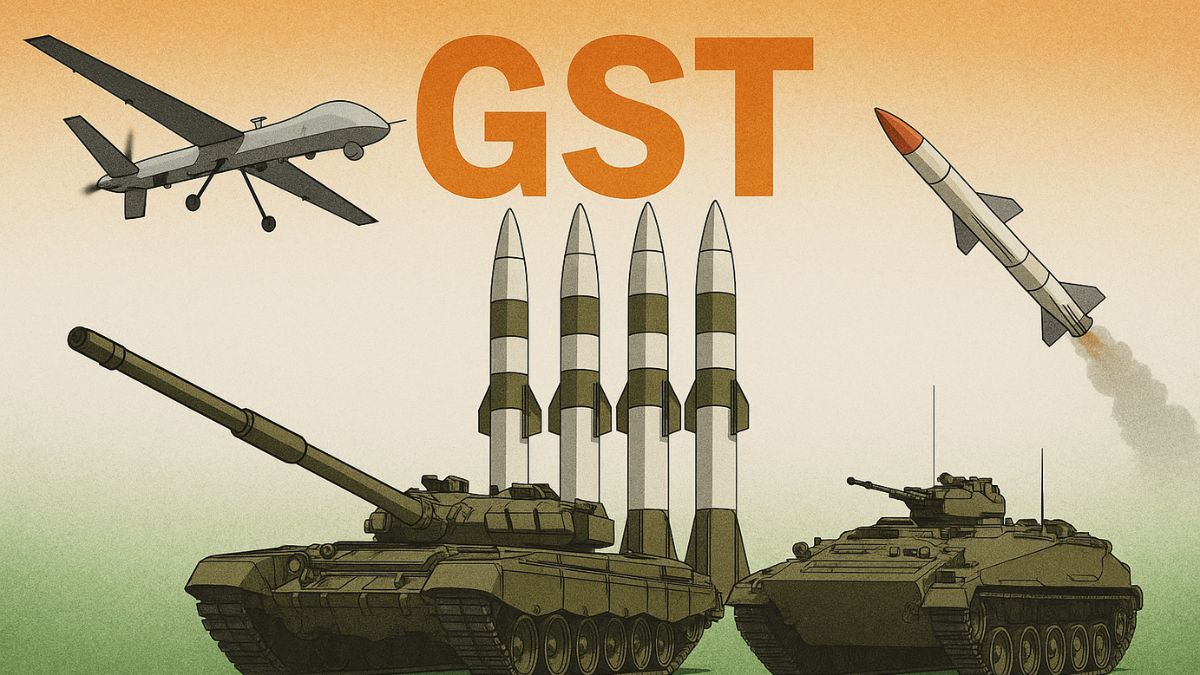In a sweeping reform aimed at easing the cost burden not only on the common man but also offer relaxation to India’s defence ecosystem, the Centre has abolished Goods and Services Tax (GST) on a wide range of weapons, military aircraft, and specialized equipment.
The most notable change comes in the drone sector, where GST on commercial unmanned aerial vehicles (UAVs) has been slashed from the steep 28% bracket to just 5%, a move expected to catalyze innovation and adoption across civilian and defence applications. For military drones, the GST has been abolished.
GST reduction on drones gains an even greater significance considering their role in the modern warfare.
GST 2.0: Which defence platforms are now tax-free?
A host of platforms and equipment that were earlier taxed at 18% have now been moved into the Nil GST category. These include the US-made C-130 transport aircraft, the C-295 medium transport aircraft being manufactured by Airbus and Tata in Vadodara, and critical systems such as missiles launched from remotely piloted aircraft (RPAs).
Starting September 22, no GST will be levied on ship-launched missiles, flight motion simulators, underwater vessels, and ejection seats of fighter jets.
Additionally, deep submergence rescue vessel, unmanned underwater vessels/platforms, high performance batteries for drones and specialized equipment have also been brought down to the Nil GST category. Communication devices including software defined radios with component and accessories, rockets with calibre more than 100mm will also become tax-free.
GST reduction on defence equipment: Impact on military readiness?
The removal of GST from equipment such as deep submergence rescue vessels, 100 mm calibre rockets, spare parts for cannons and rifles, and advanced testing equipment will directly reduce procurement costs for the armed forces. This translates into faster acquisitions, smoother maintenance, and greater budgetary flexibility at a time when India is pushing for indigenisation and rapid modernisation.
The sharp GST reduction on UAVs to % is also being hailed as transformative, since the move will make drones more affordable and accessible while easing compliance for innovators, startups, and businesses.
Can India become a global drone hub?
Industry estimates suggest the Indian drone market, valued at $0.47 billion in 2025, could grow to $1.39 billion by 2030 at a CAGR of nearly 24%. Government projections are even more bullish, placing the sector’s value at Rs 120–150 billion by 2026. With tax rationalization, stronger manufacturing ecosystems, the industry could potentially expand to $23 billion by 2030.
